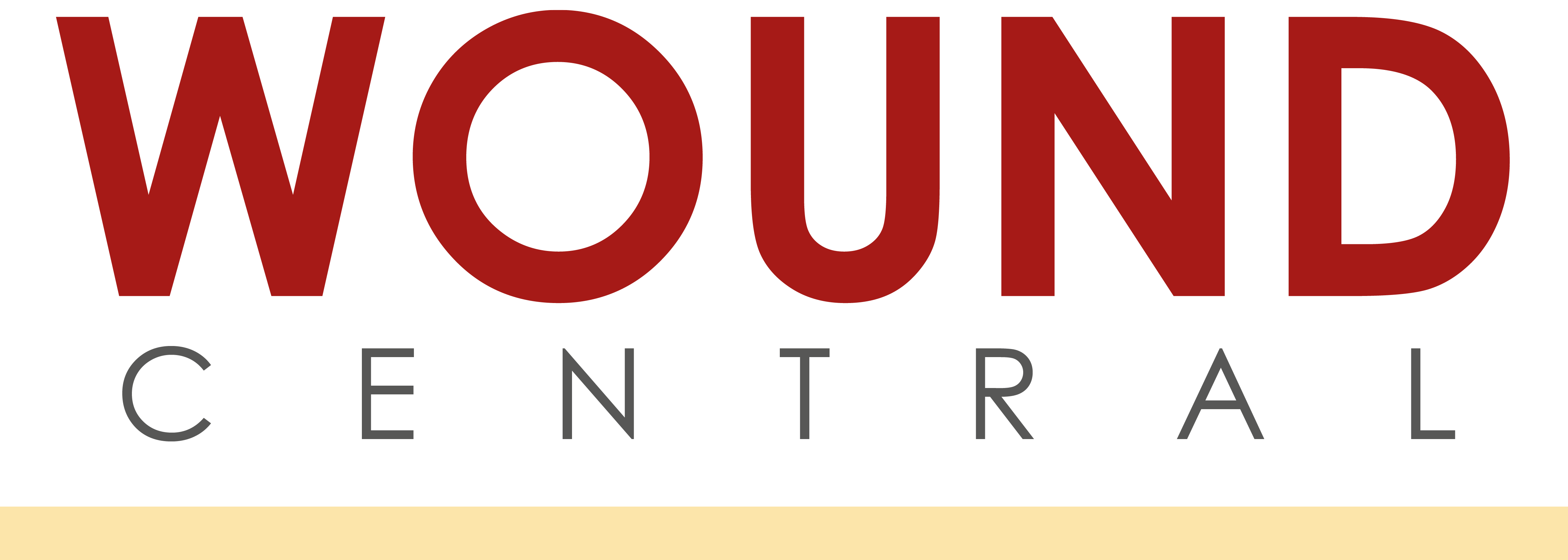References
Comparison of two pixelated insoles using in-shoe pressure sensors to determine percent offloading: case studies

Abstract
Objective:
The gold standard for offloading neuropathic forefoot and midfoot wounds is the total contact cast (TCC). However, in practice TCC is rarely used and is contraindicated in patients with fluctuating oedema, poor perfusion, lack of adequate tissue oxygenation and morbid obesity. It can also be too restrictive for patients, inevitably resulting in treatment rejection and delayed healing. This paper examines the role of shoe-based offloading devices as an alternative in reducing plantar pressure and optimising the healing of neuropathic ulcers.
Method:
Healthy subjects were recruited and fitted for two types of pixelated insoles: PegAssist (PA) insole system (Darco International, US) and FORS-15 (FORS) offloading insole (Saluber, Italy). An area of discreet, elevated high pressure was created by adding a 1/4-inch-thick felt pad to the plantar skin under the first metatarsal head. Subjects walked barefoot in surgical shoes with standard insoles (Condition 1), barefoot in pixelated insoles (Condition 2), barefoot with pixels removed (Condition 3). Dynamic plantar pressures were measured using F-Scan and the results were analysed to determine plantar pressure changes in each condition.
Results:
Using PA, the percentage reduction of plantar pressure (kPa) under the first metatarsal between Condition 1 and Condition 2 was 10.54±15.81% (p=0.022), between Condition 2 and Condition 3 was 40.13±11.11% (p<0.001), and between Condition 1 and Condition 3 was 46.67±12.95 % (p<0.001). Using FORS, the percentage reduction between Condition 1 and Condition 2 was 24.25±23.33% (p=0.0029), between Condition 2 and Condition 3 was 23.61±19.45% (p<0.001), and between Condition 1 and Condition 3 was 43.39±18.70% (p<0.001). A notable difference in the findings between the two insoles was the presence of a significant edge effect associated with PA, indicating that the offloading was not entirely successful. No edge effect was detected with FORS.
Conclusion:
Our current analysis shows that pixelated insoles exhibit potential for supplemental offloading in surgical shoes. These devices could provide an alternative way for physicians to offload plantar wounds and expedite closure for patients that cannot tolerate a TCC or other restrictive devices.
Diabetes is a worldwide epidemic that affects over 400 million people.1 Complications of diabetes are systemic, with marked increases in the frequency of peripheral vascular disease, retinopathy, nephropathy and peripheral neuropathy.2,3 A major challenging clinical scenario faced by healthcare providers in treating the people with diabetes is the management of neuropathic foot ulceration, which is expected in about 25% of the diseased population.4 Diabetic foot ulcers (DFU) most often develop on the plantar surface where focal stress and hypoesthesia lead to undetected trauma on the affected anatomy, resulting in skin breakdown and ulceration.5 The most frequent area of increased pressure plantarly is the forefoot, which correlates with the most common sites of neuropathic ulceration.6,7
The majority of these wounds develop an infection, and about 20% of neuropathic ulcers will necessitate amputation.4 In 2017, medical care for diabetes was estimated at around $327 billion USD globally, with DFUs comprising about 33% of the cost.8,9 In the US, DFUs alone cost between $9–13 billion USD annually, with money often spent on ineffective and costly products.10 Even after ulcer resolution, Shrepnek et al. calculated that 40% of patients will have a recurrence in one year, reaching up to 65% of patients within five years.11 As a result, effective and lasting treatments continue to be an ongoing issue.
Register now to continue reading
Thank you for visiting Wound Central and reading some of our peer-reviewed resources for wound care professionals. To read more, please register today. You’ll enjoy the following great benefits:
What's included
-
Access to clinical or professional articles
-
New content and clinical updates each month

